1920-1944
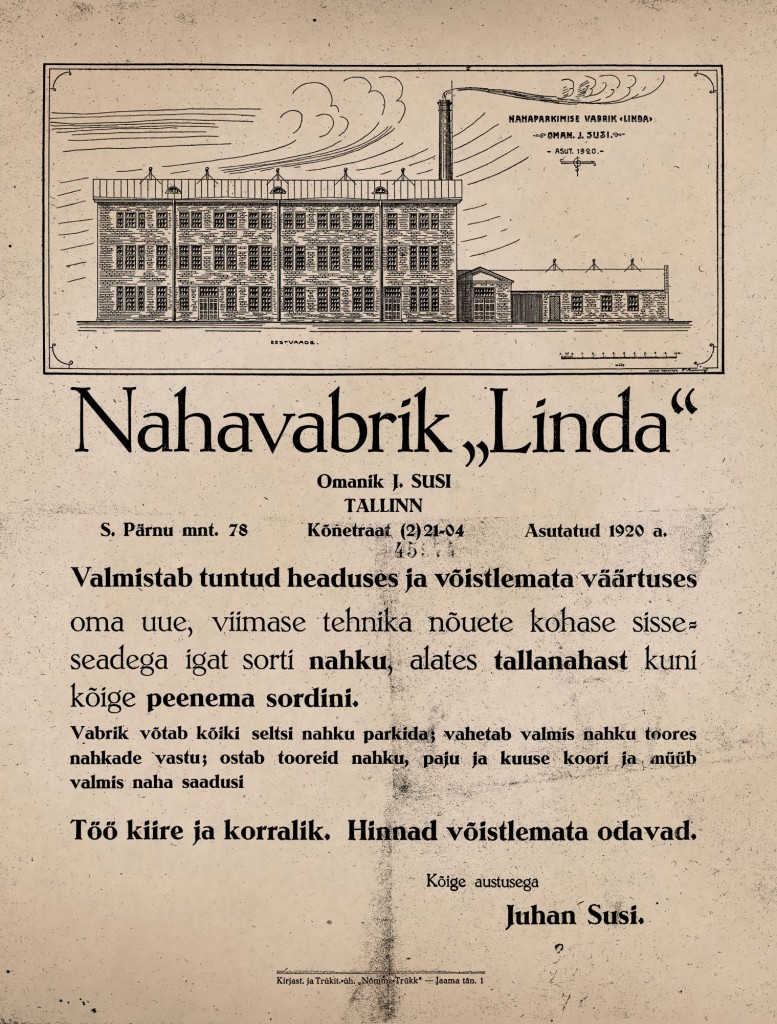
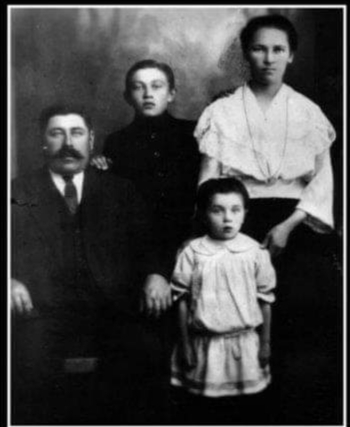
The Leather Factory “Linda” founder
Mr. Juhan Susi with his family in 1922
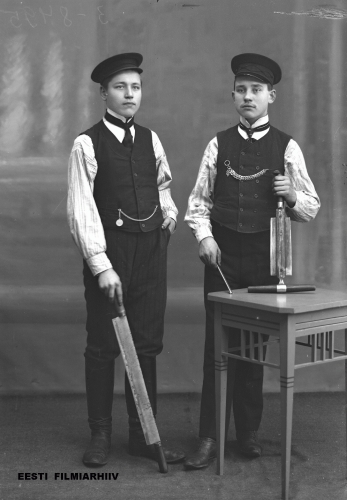
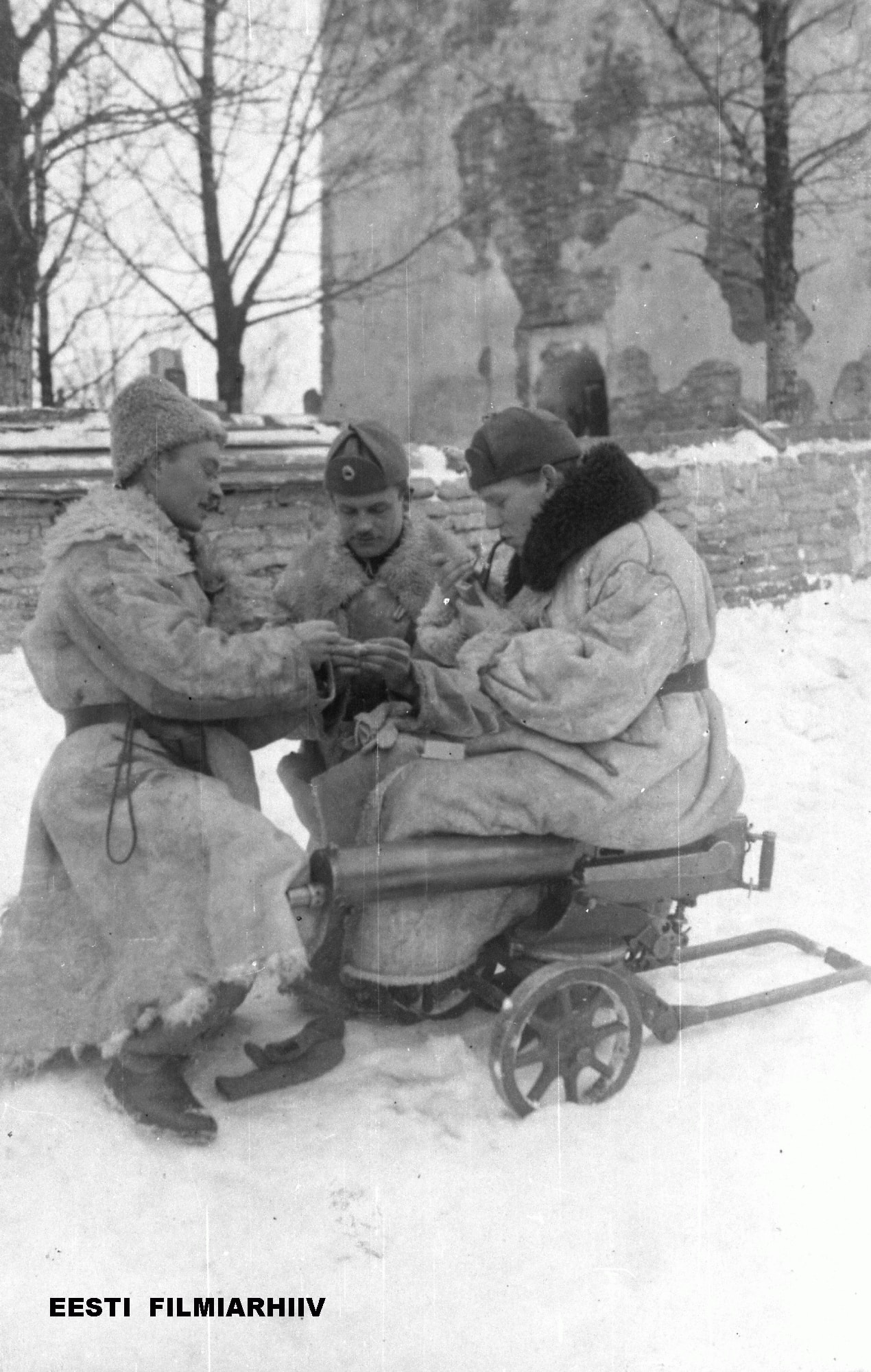


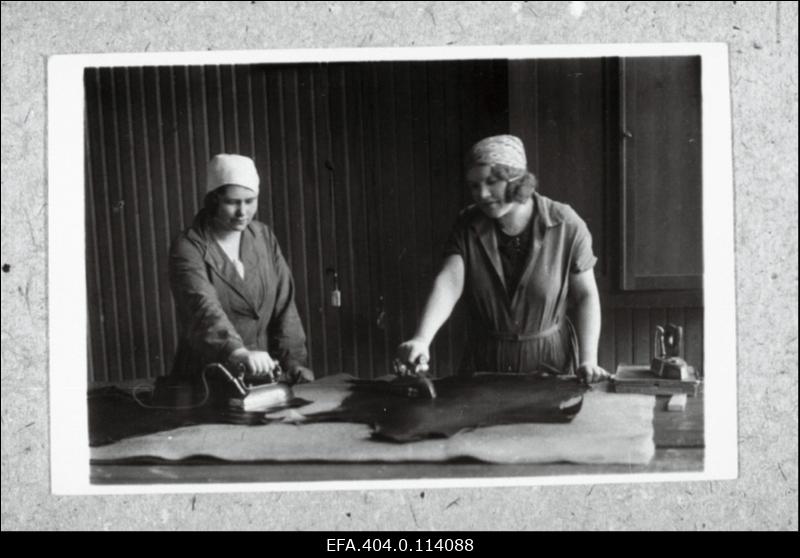

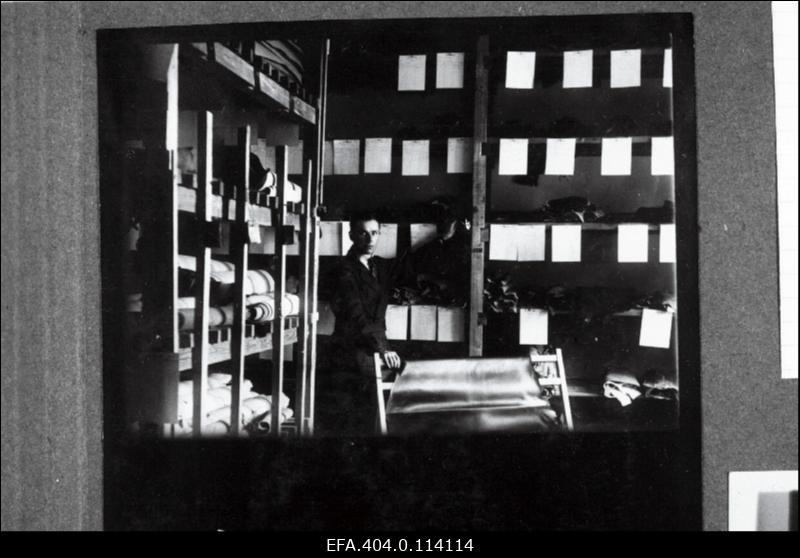
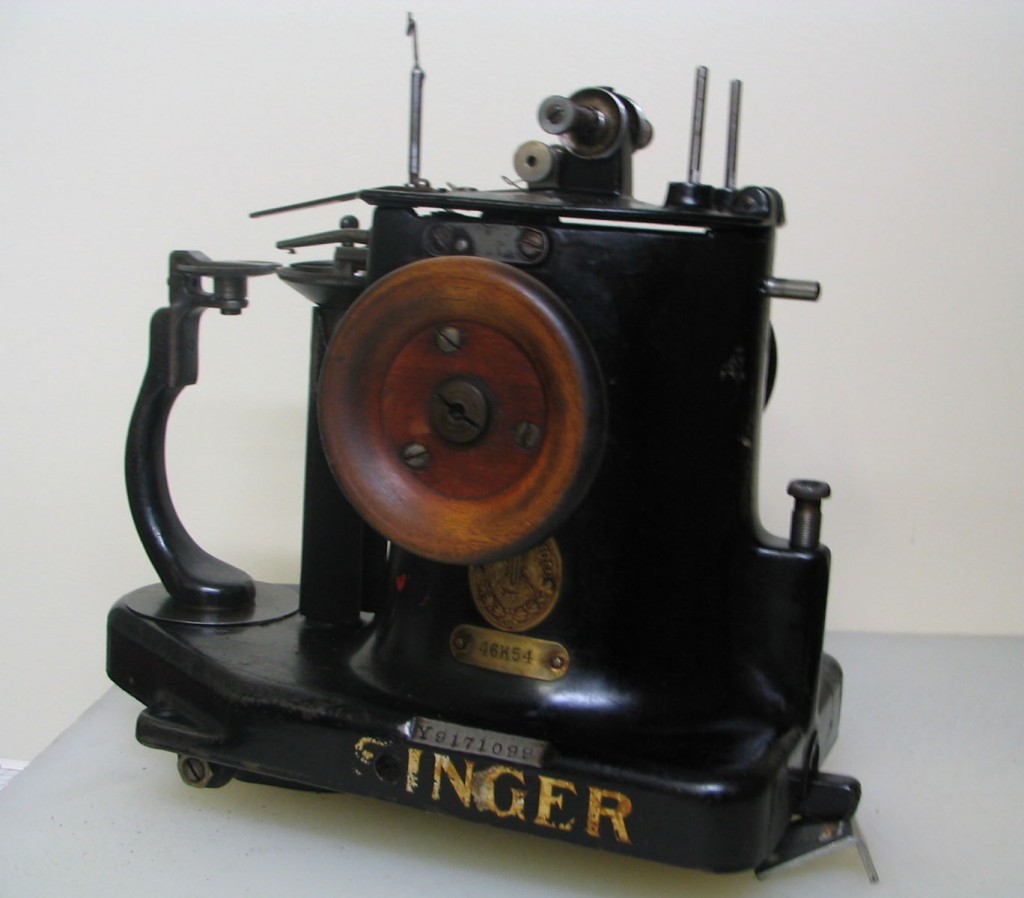

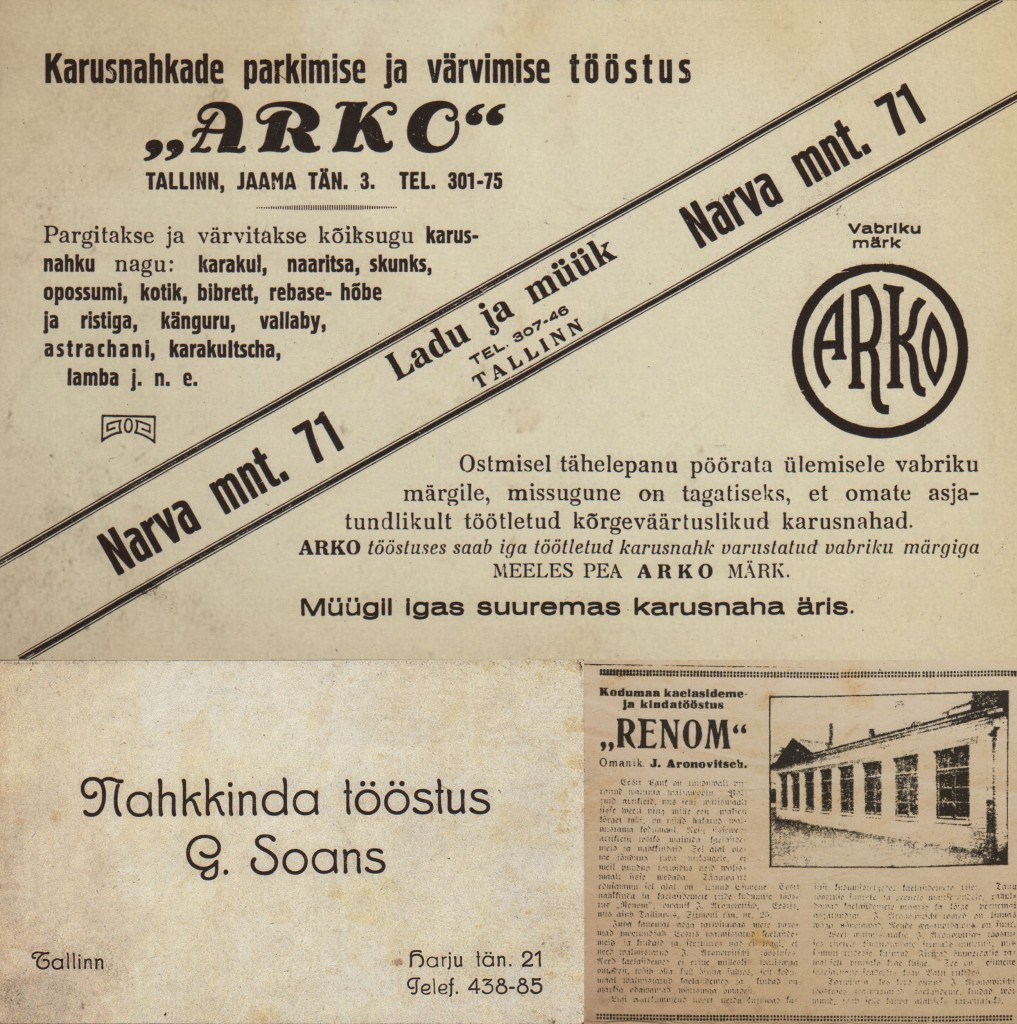
Republic of Estonia: “ARKO” & “G. Soans”
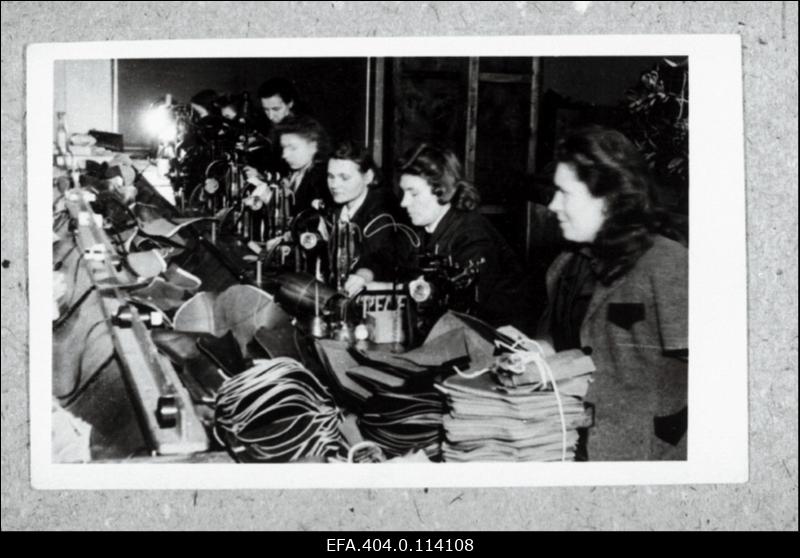


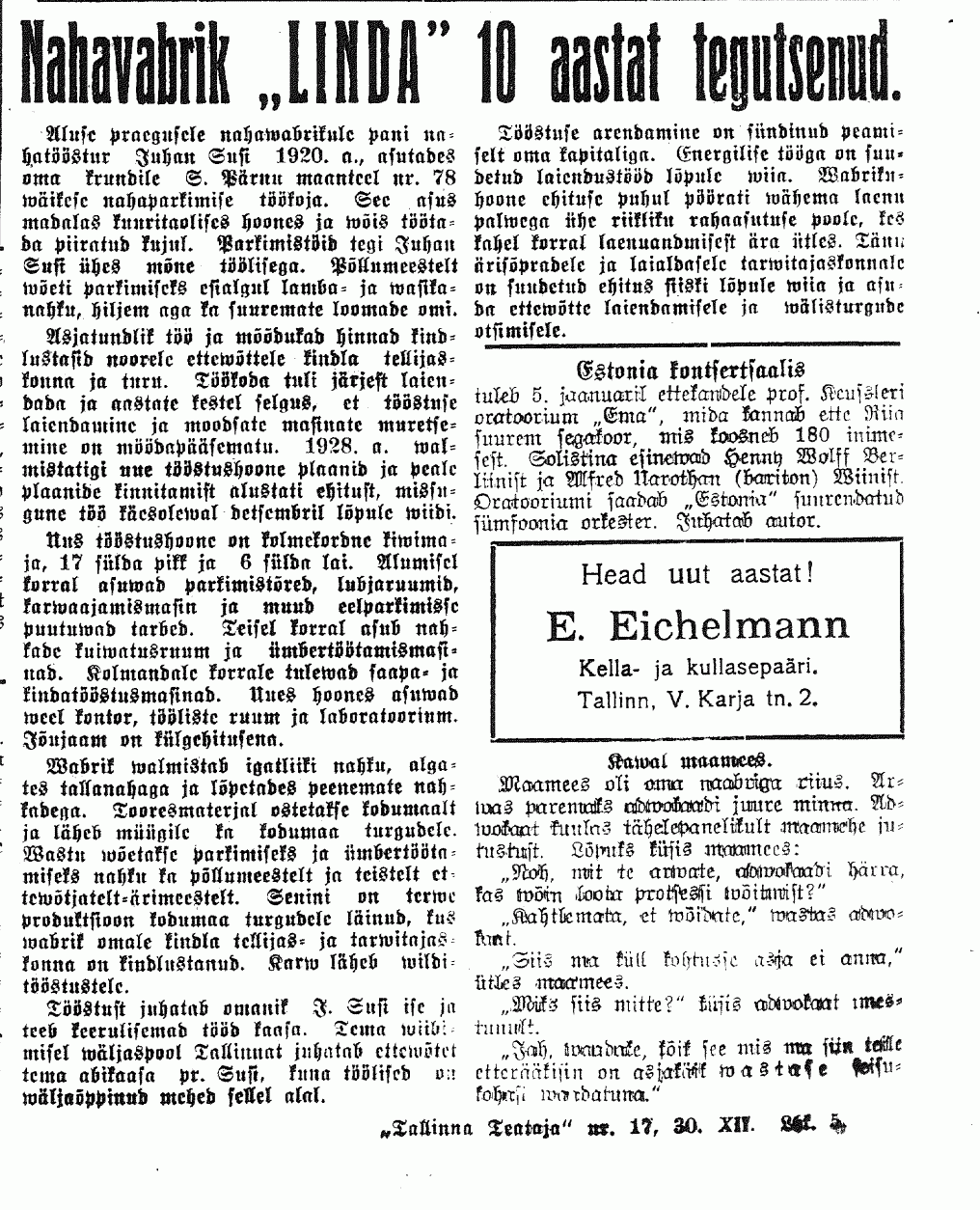
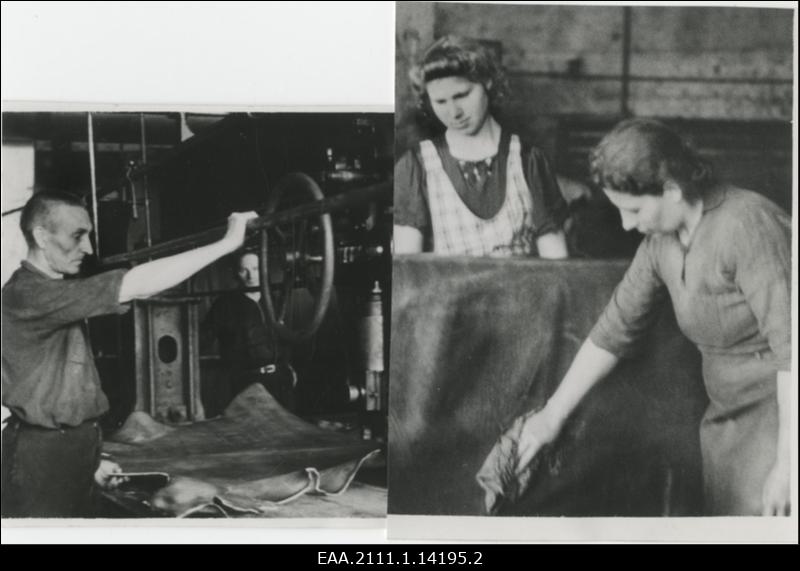

Exhibition Catalog, 1938

After the end of the Estonian War of Independence in 1920, tanner Juhan Susi established the leather industry “Linda” in Tallinn, located at Suur-Pärnu mnt 87. The business was engaged in the tanning of domestic raw hides, producing “all sorts of leathers, from sole leathers to finer types.” The production remained entirely domestic, as per the customs of the time, every country protected its markets with high import duties, and Estonian companies generally failed to break through these barriers. Interestingly, the new and large production building of the “Linda” leather factory, completed in December 1930, was built entirely from own funds and without loans. In the economic conditions of the time, this was quite a rare occurrence. The new factory of “Linda” employed 50 people and was involved in both leather tanning and the manufacture of various leather items. The aforementioned building has survived to this day, with its new address being Pärnu mnt 132. The building has undergone a significant extension and now houses a recently renovated office building. During the Soviet period, a textile factory “Keila” operated in these premises. During the First Republic, several leather glove manufacturers operated in Tallinn, and many companies engaged in the tanning of leather and fur also operated in Estonia.
1945-1962
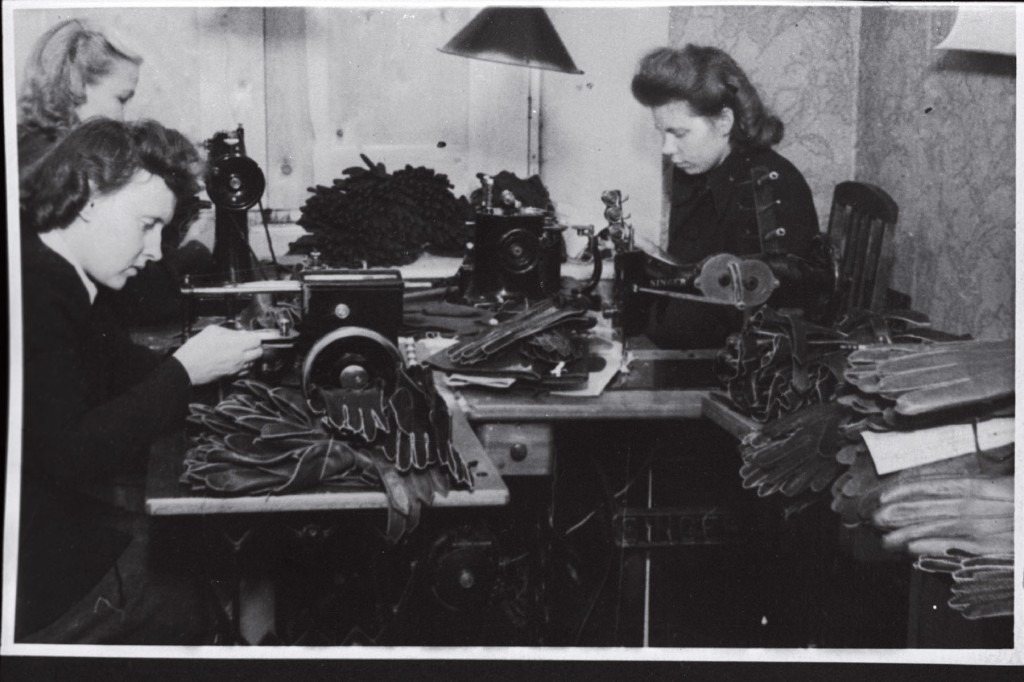


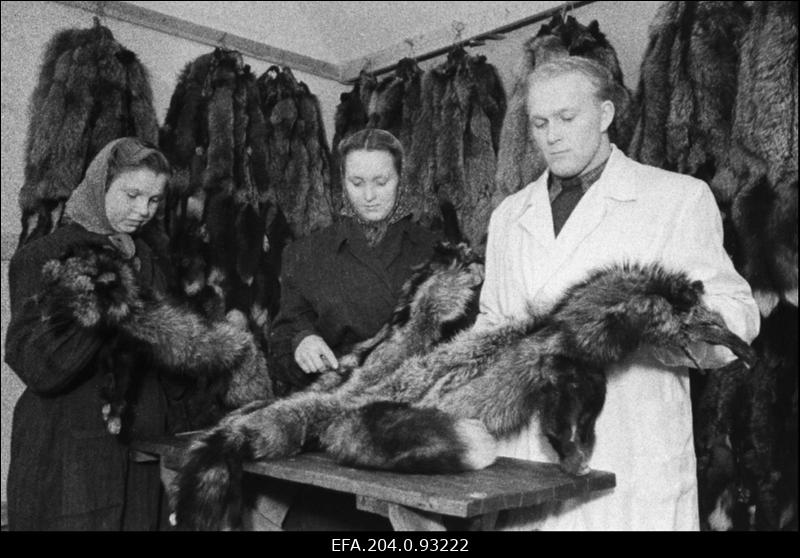

cooperative “Täht” in 1948
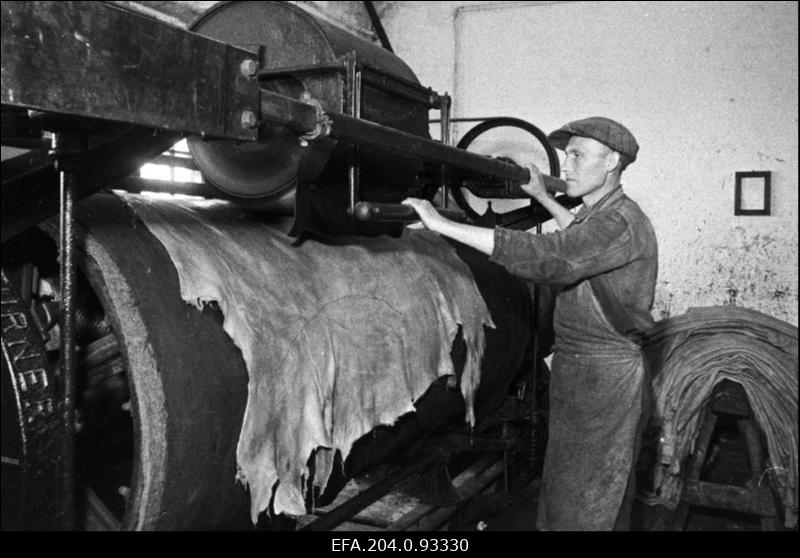

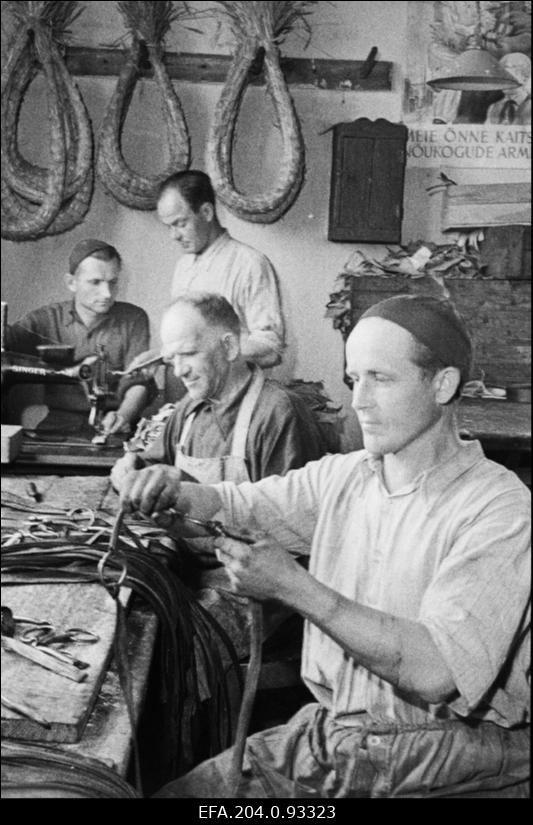
After the war, state artisanal craftsmen’s cartels started to operate on the basis of the enterprises established by the former owners: the textile and leather craft cartels “Sangar” in Tartu, “Kiir” in Pärnu, “Viru Ühendus” in Rakvere, “Kalev” in Rapla; the leather craft cartels “Soliid”, “Priima”, “Võit” and “Toodang” in Tallinn. Gloves were produced in the leather industry’s “Energia” and the weavers’ “Vill”; fur products were made in the Tallinn Sewing Factory, which was the V. Klement’s Sewing Production Co-operative (later AS PTA).
1963-1992

Opening of the “Linda” company store in
Town Hall Square 1964
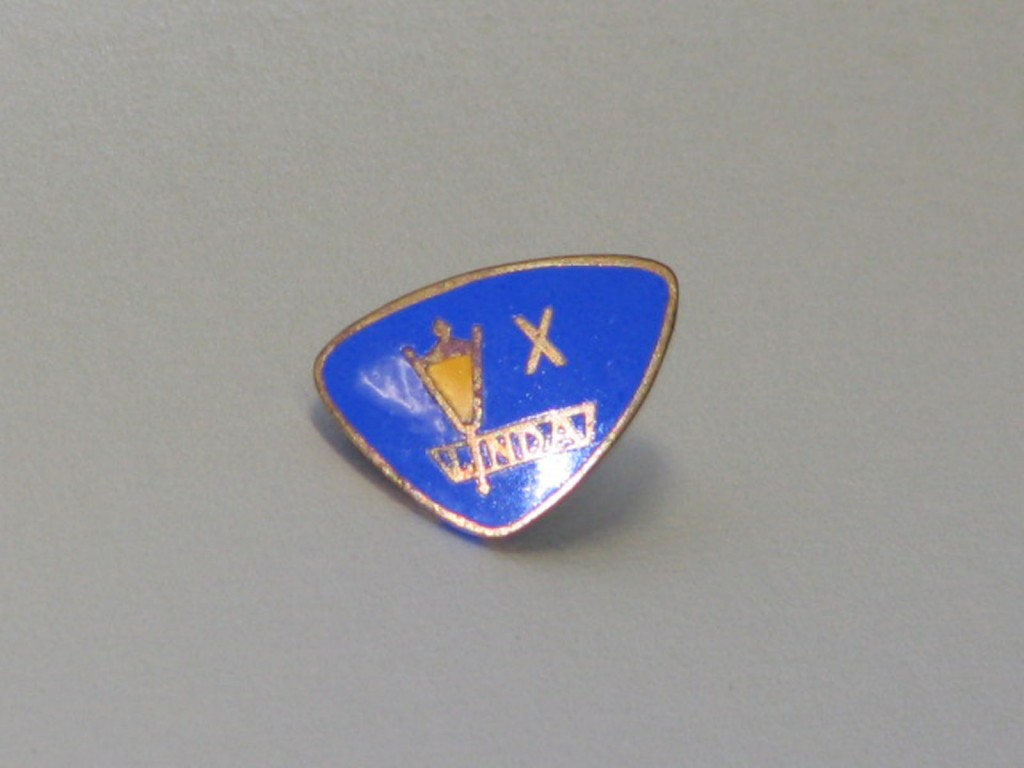
“Linda” trademark X anniversary badge. Foto: 1972
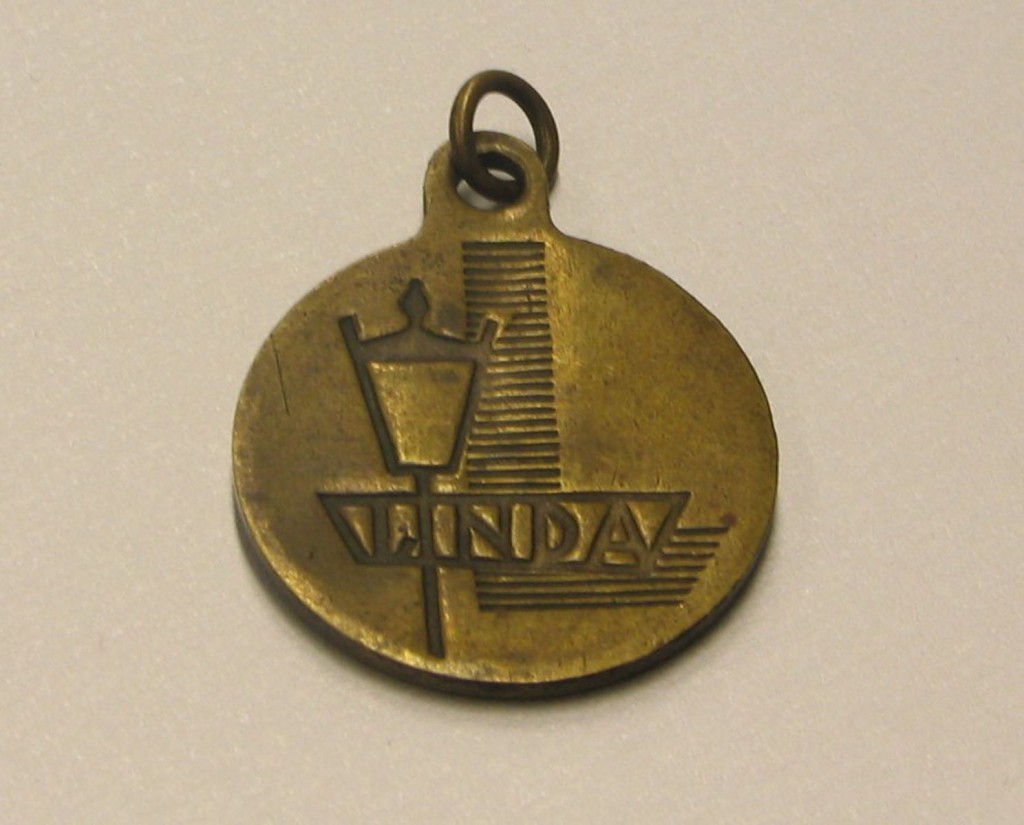
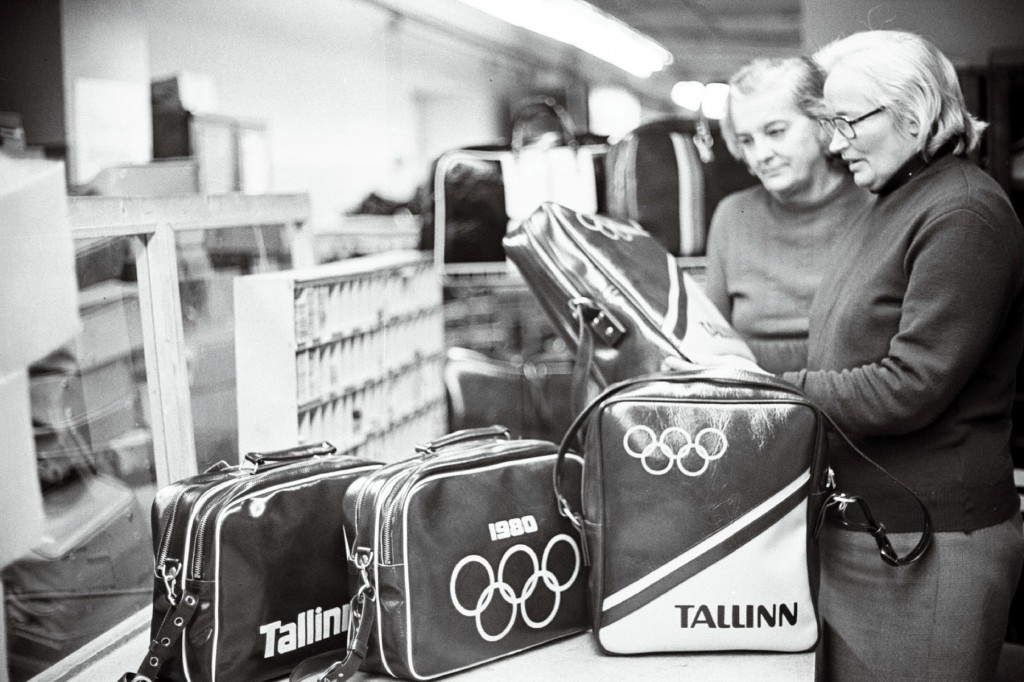

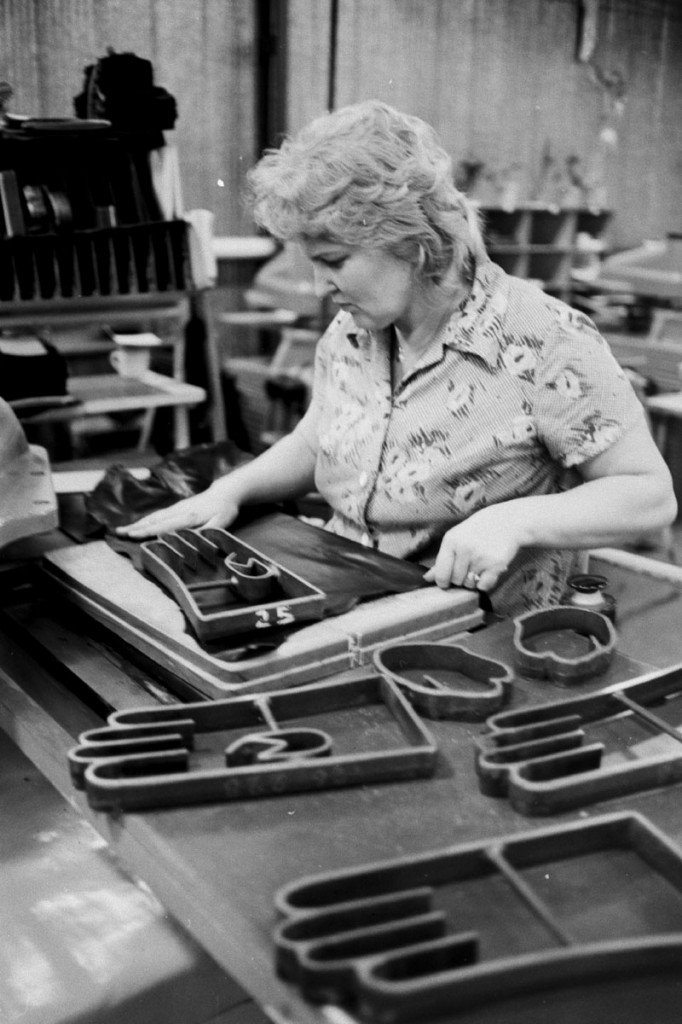

“Siluett” (“Silhouette”) winter 1984
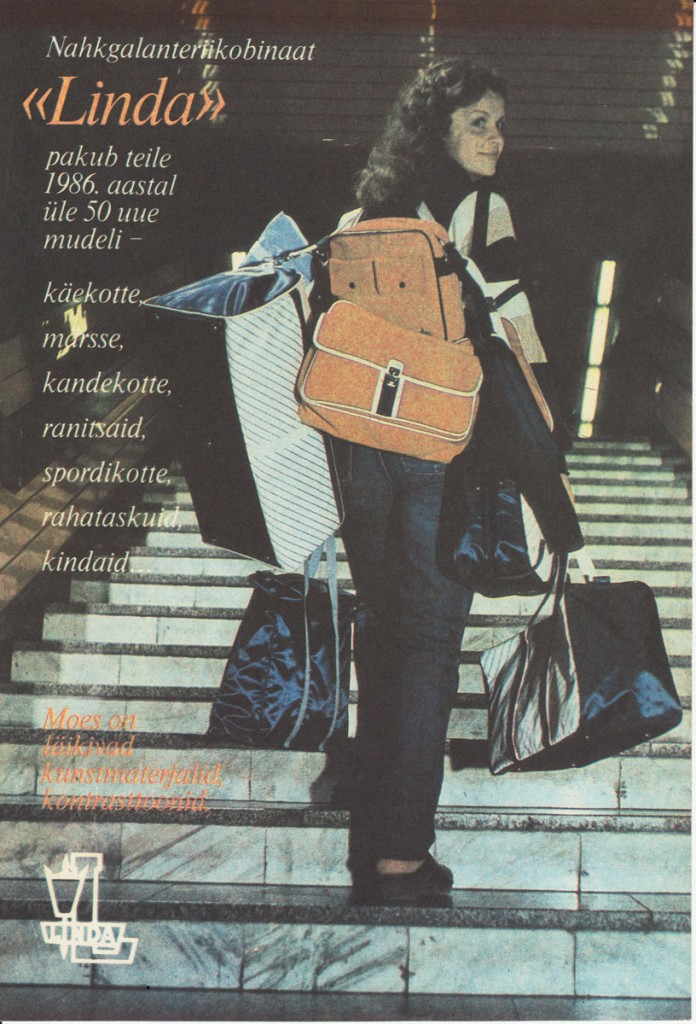
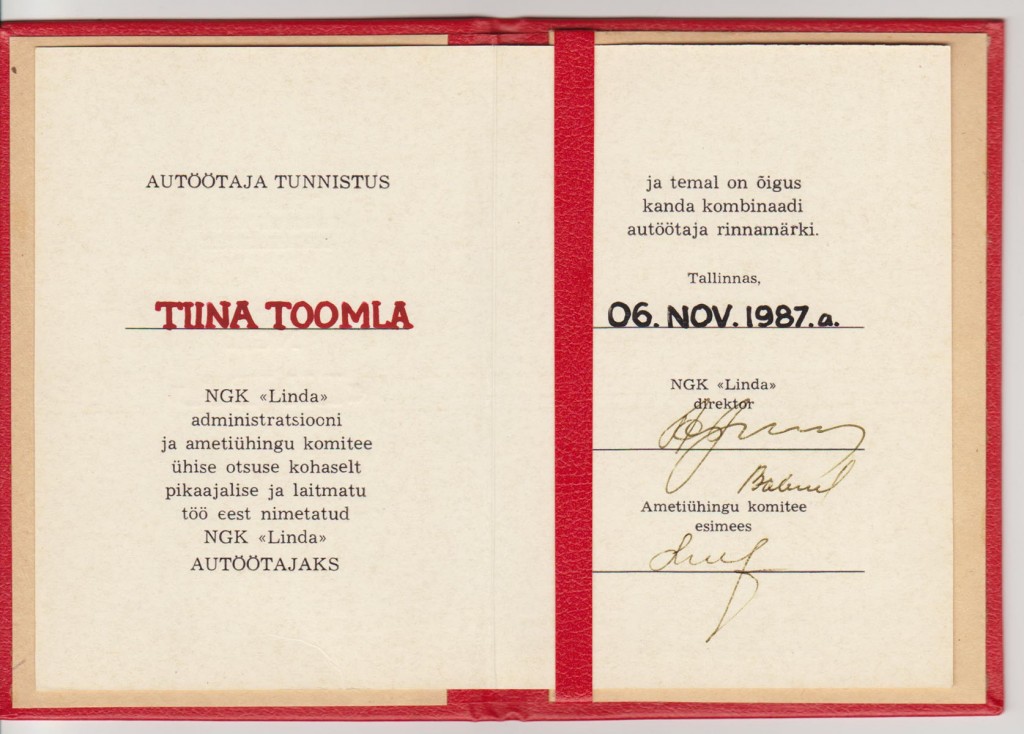
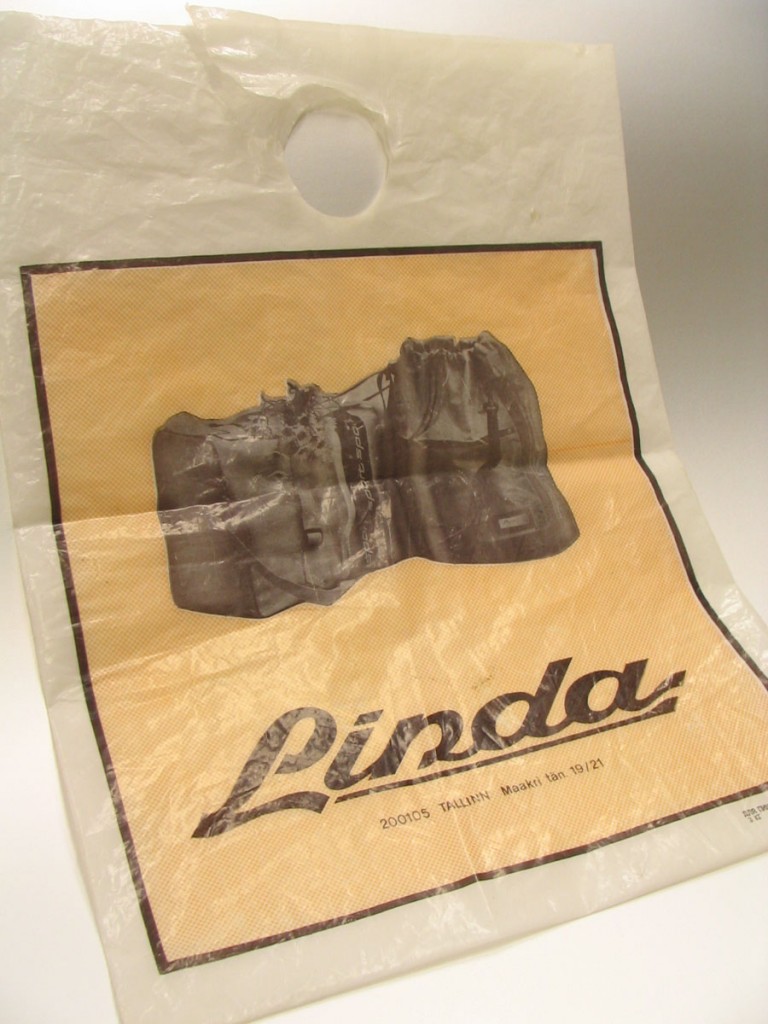
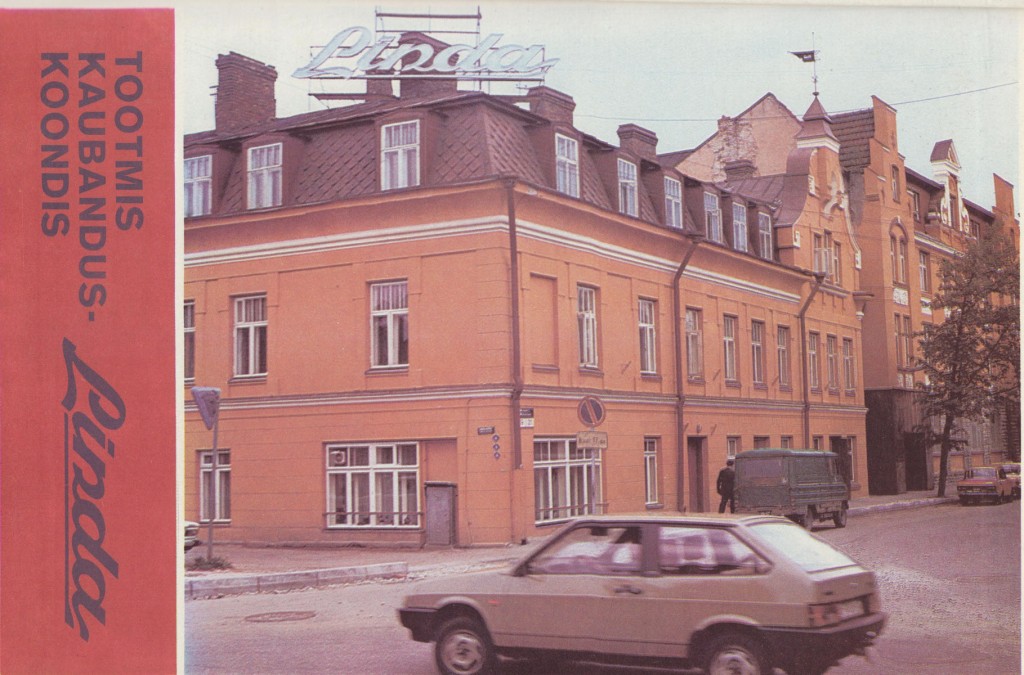
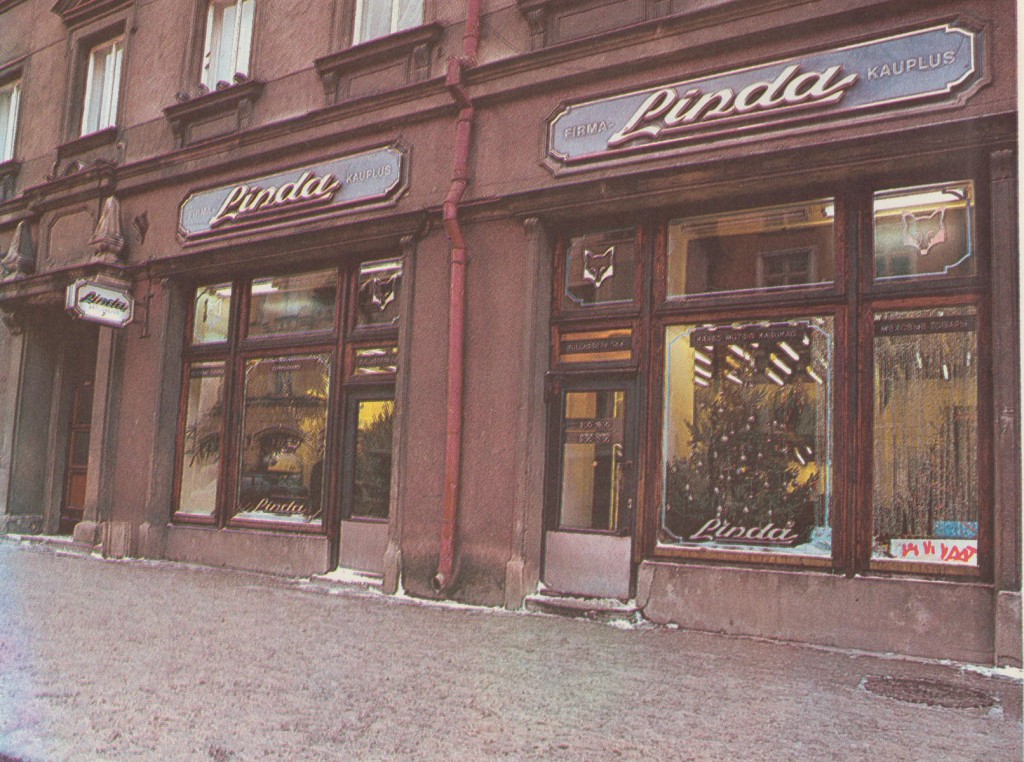

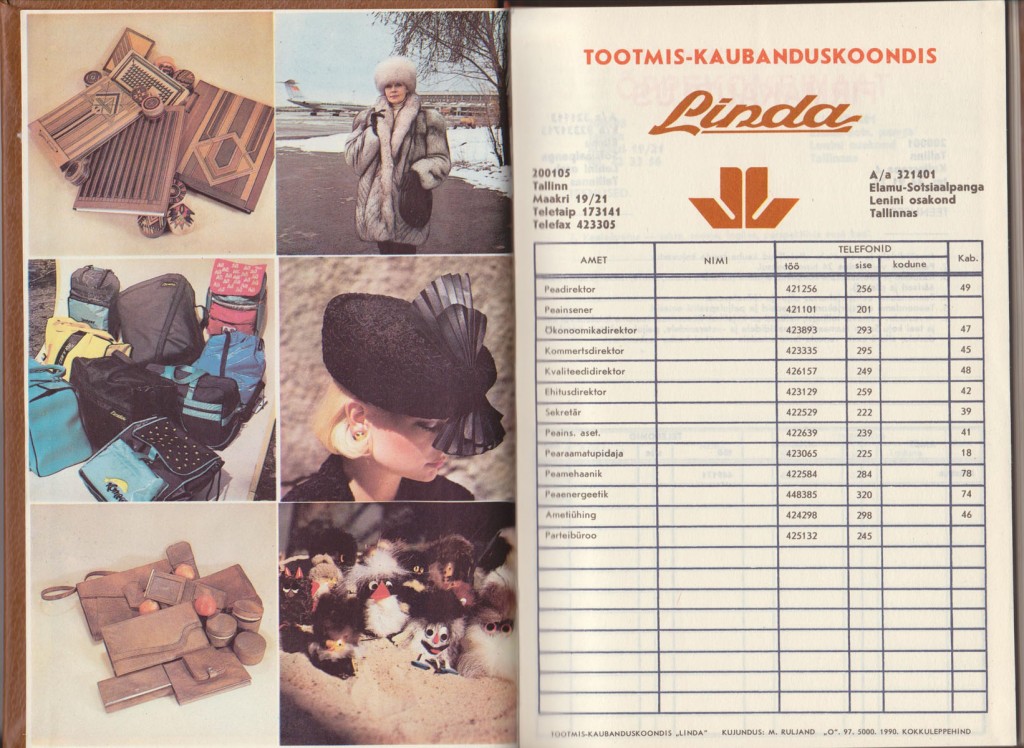
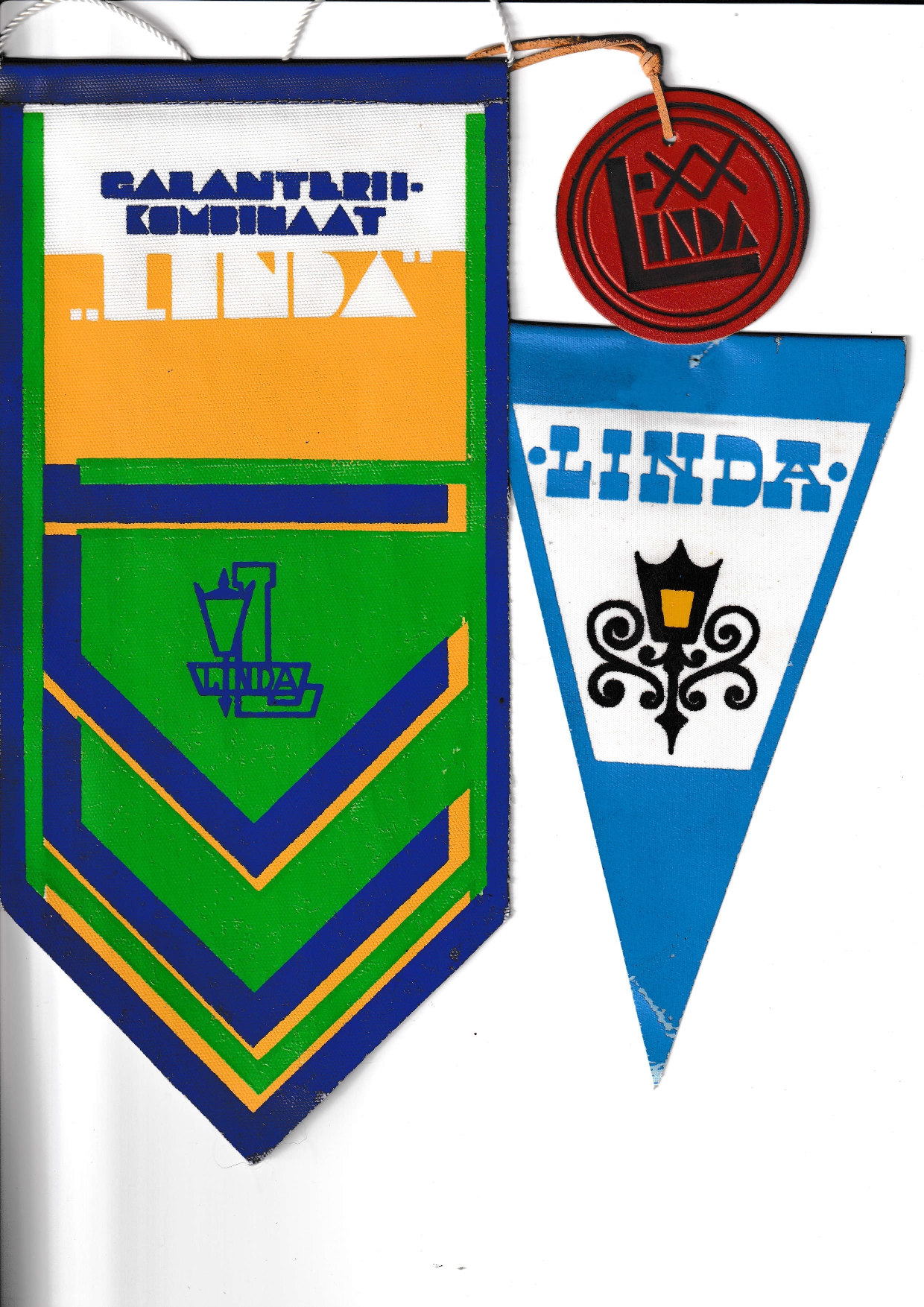

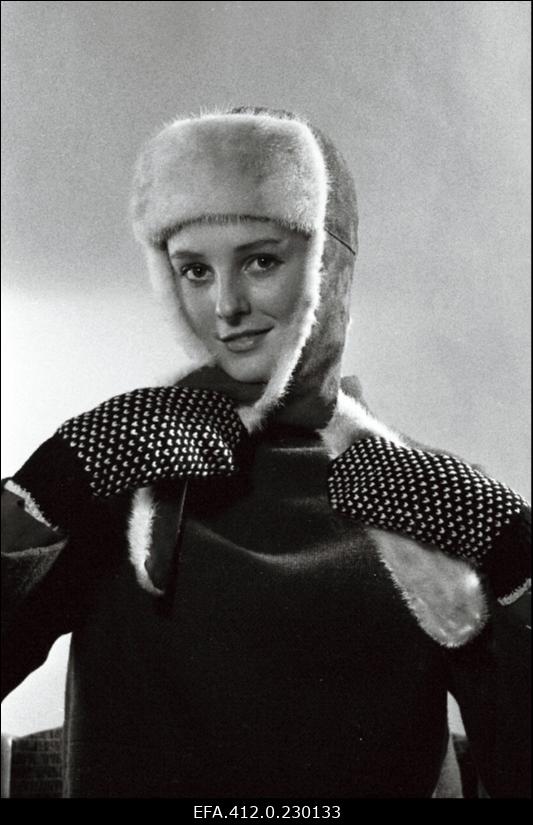
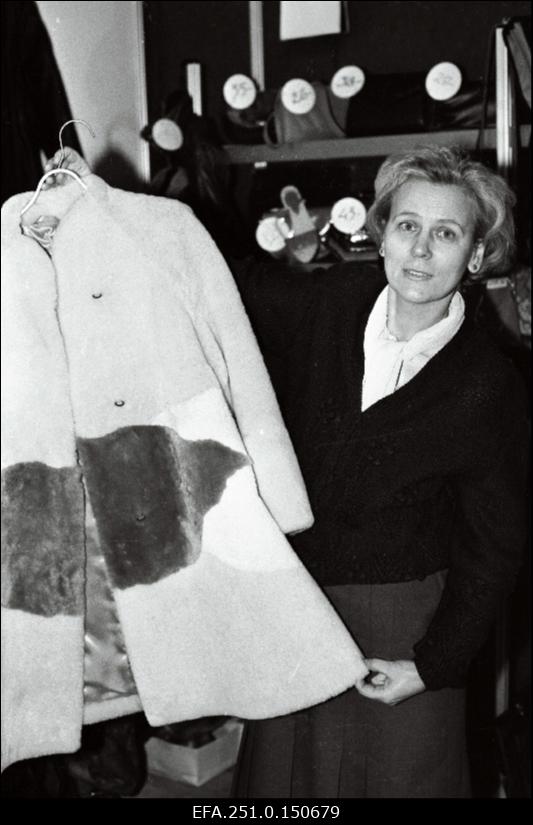
In 1962-63, the Red Army consolidated various artels and independent production units into a single large entity named the Leather-Galantine Combine LINDA. Following the collapse of the Soviet regime and Estonia’s regained independence, the system of planned orders ceased, leading to significant changes in the early 1990s. The state-owned joint-stock company Linda underwent partial privatization and partial liquidation. From the remnants of this large conglomerate, Galvi-Linda AS continues to operate in Viljandi, alongside Lindante Ltd
1993 – … Lindante OÜ (Ltd.)
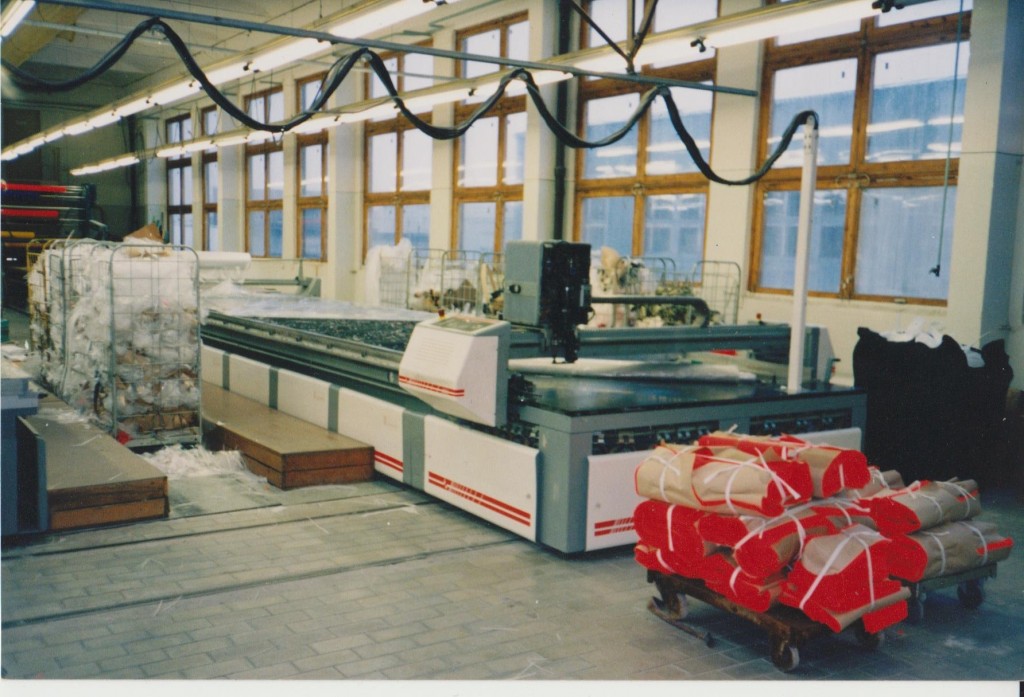
was at 48a Peterburi Road.
The picture shows a cutting line.

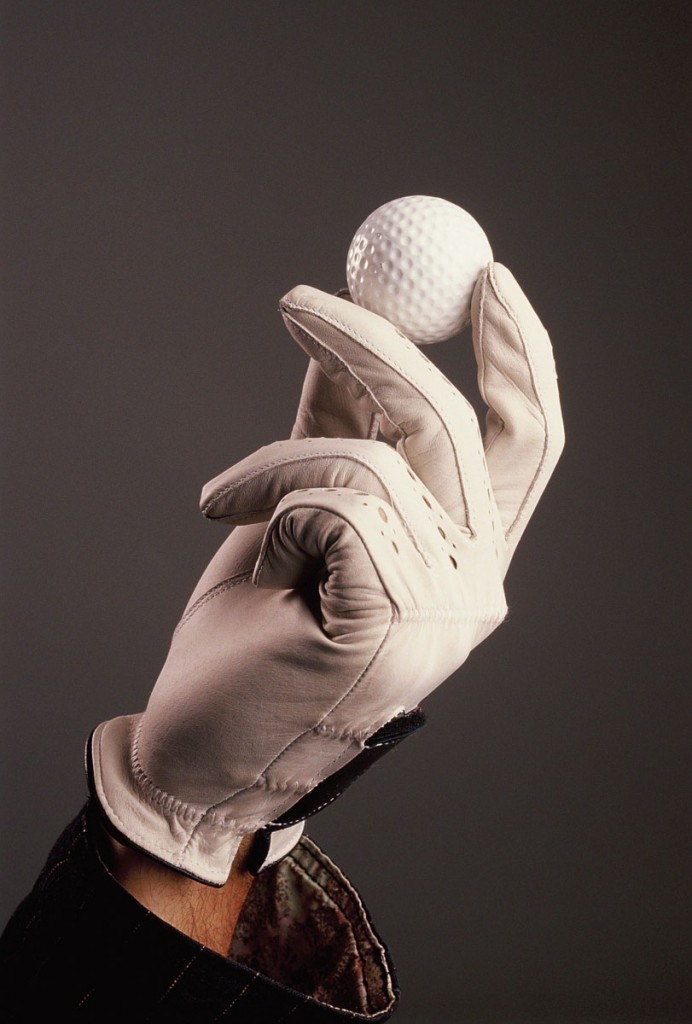
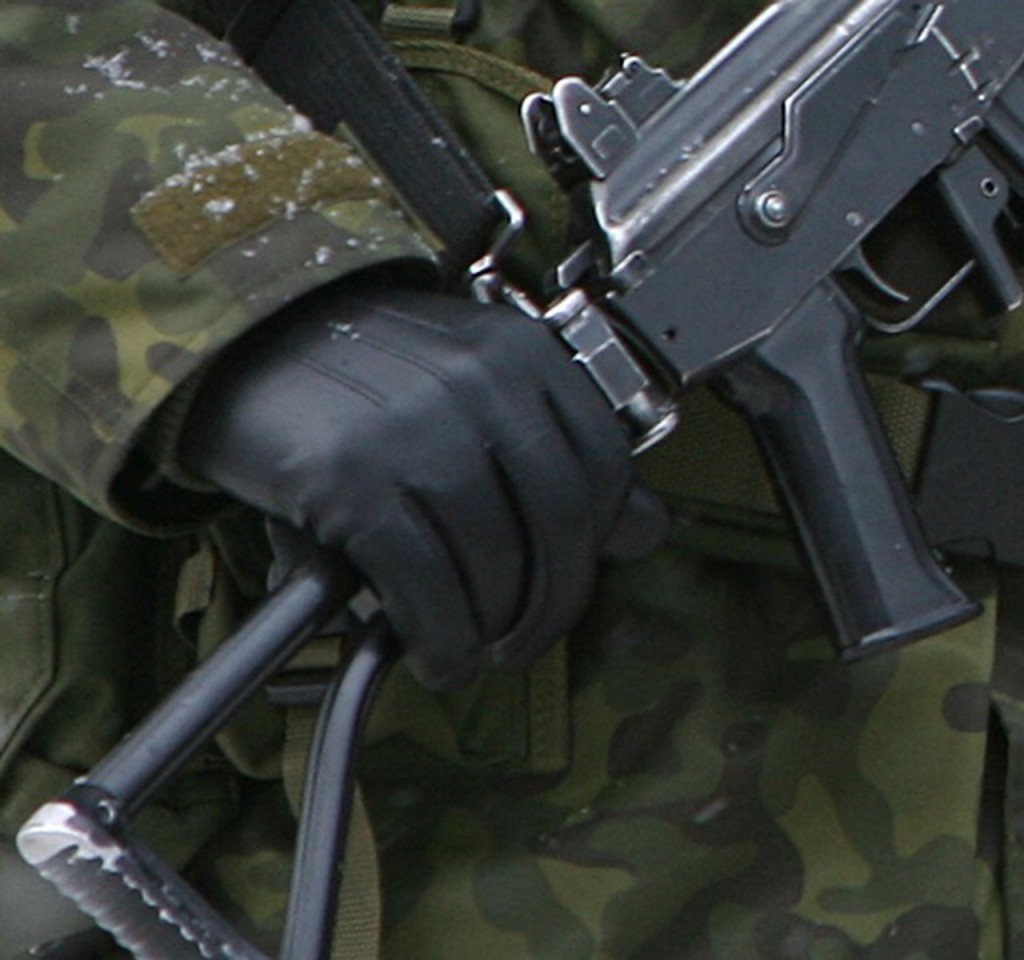
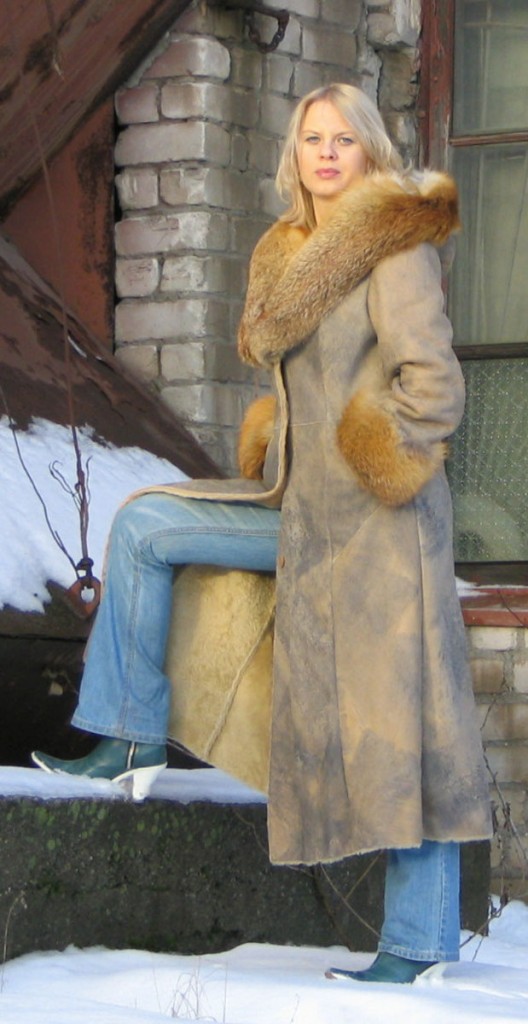
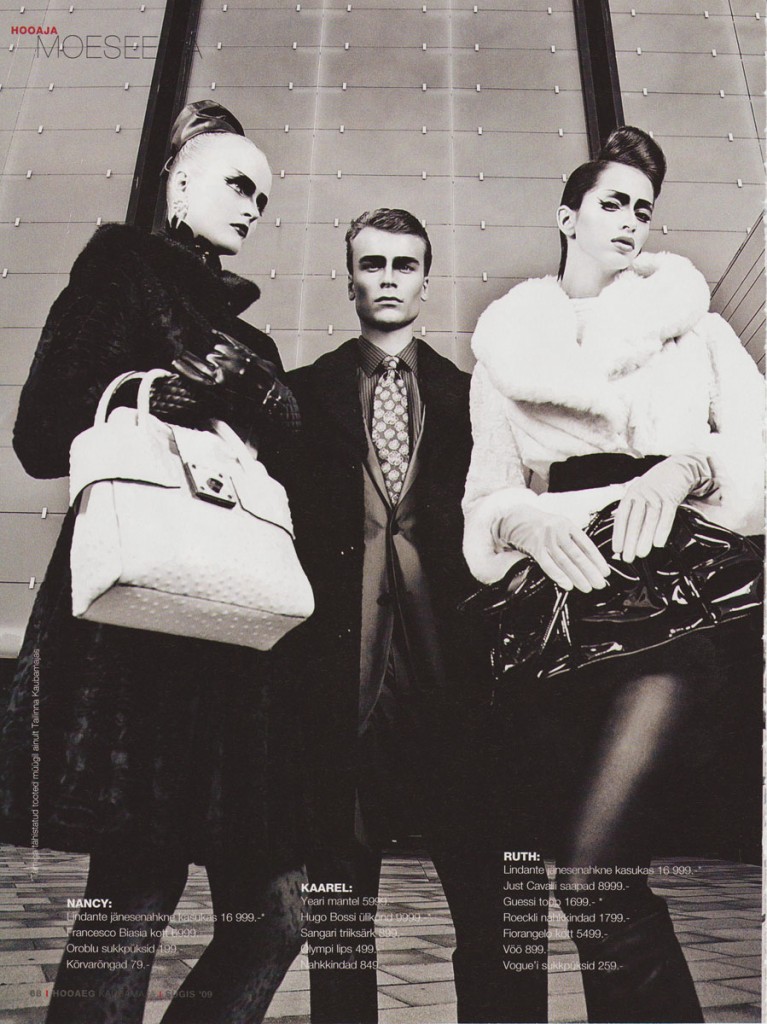
“Hooaeg” (“Season), autumn 2010
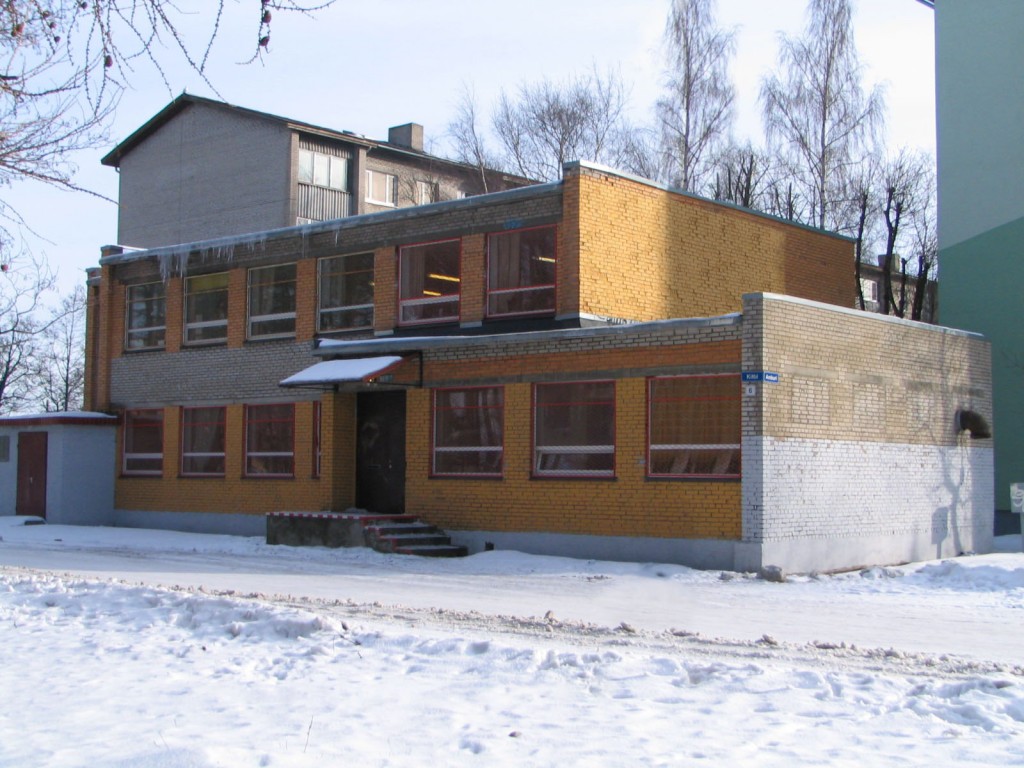
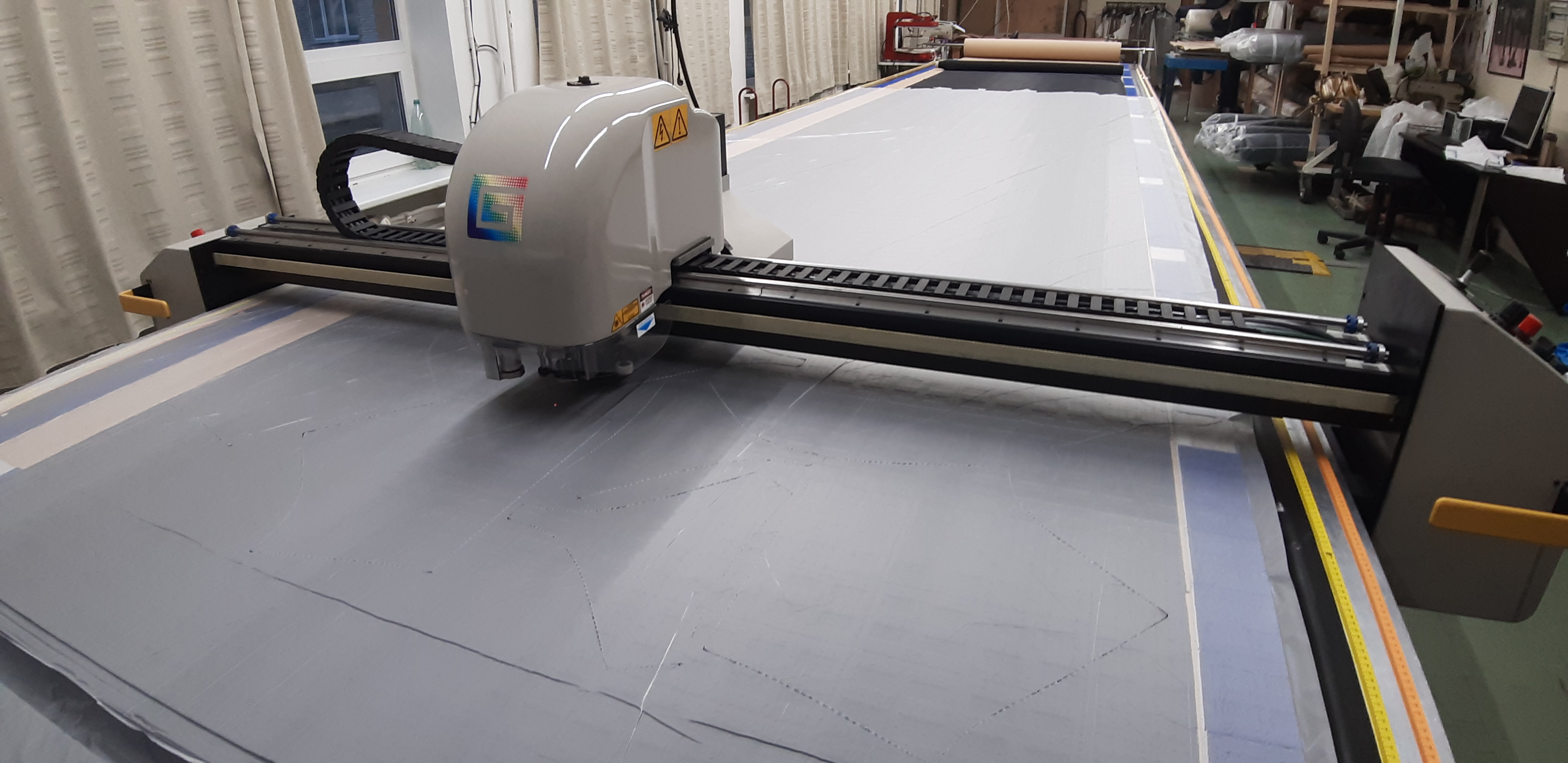
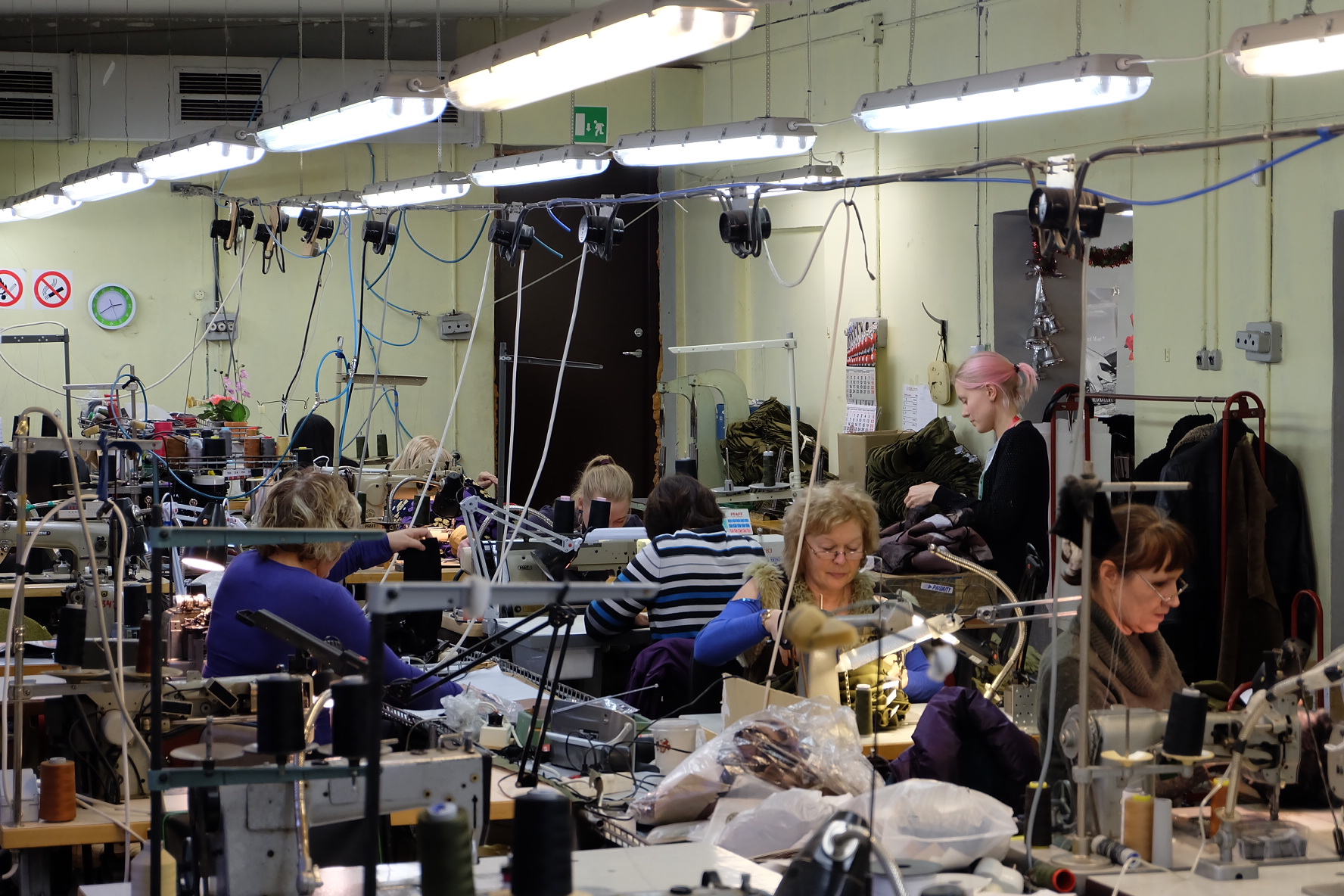


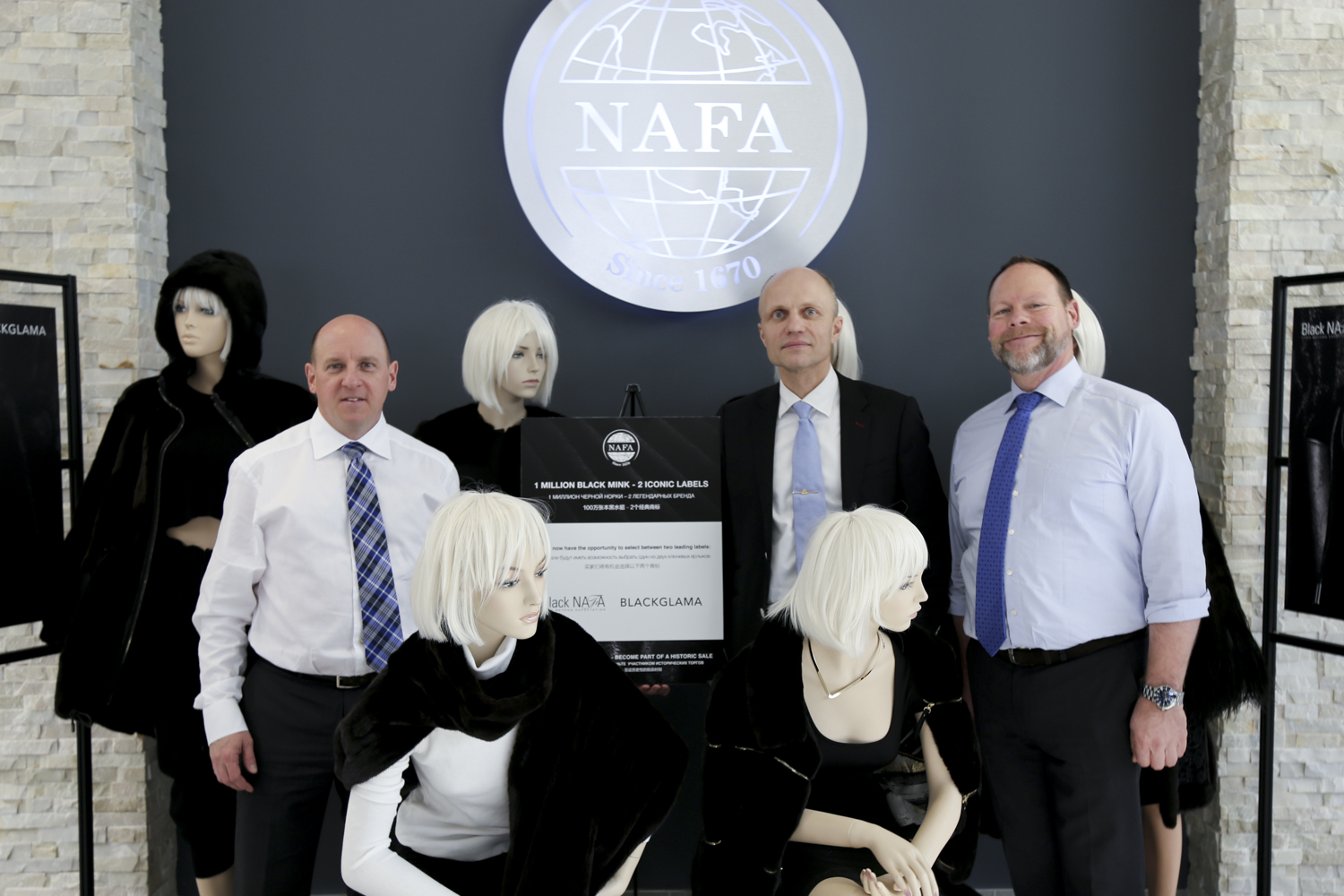
1993 – The company was established and launched: we purchased equipment and materials, hired former employees from a national company, and also brought in new personnel. We focused on finding markets for our products and services, primarily targeting Scandinavia. During the initial years, our production operations were housed in rented facilities located in Lasnamäe and Kopli.
Since 1996, our company has served as a training ground for a multitude of students and apprentices from institutions such as the Estonian Academy of Arts, Tartu Art College, Viljandi Culture Academy, Tallinn College of Engineering, Tallinn University of Applied Sciences, Tallinn Industrial Education Centre, and Kuressaare Vocational School. These students have specialized in areas including fashion, garment manufacturing, and leatherwork.
In 1998, we acquired a manufacturing facility located at 6 Kilbi Street in Kopli, which remains our operational base to the present day.
Since 1999, we have held the exclusive rights to use our historic trademark “Linda” within the categories 18, 25, 35, and 42.
In 2008, we were among the founding members who established the sector’s professional body, the Estonian Fur Association.
In 2020, we implemented a major technological advancement by acquiring the Gerber GT1000, an automatic fabric cutting line.
Since April 2023, we have been affiliated with the Estonian Defence and Aerospace Industry Association (defence.ee), reflecting our longstanding focus on fulfilling orders primarily from the military sector.
Over the years, our company has successfully secured numerous contracts through Estonian public procurement processes, supplying a wide range of gloves and other stitched products to the Estonian Defence Forces and the Police and Border Guard Board. We also export a significant portion of our output, catering to client requests and under the “Linda” brand. Presently, we are engaged in multiple framework agreements with our main customer, the Estonian Defence Forces, for manufacturing and delivering a variety of military products and offering specific defense-oriented services.
Private customers are welcome to approach us for solutions to their various fur-garment requests.
